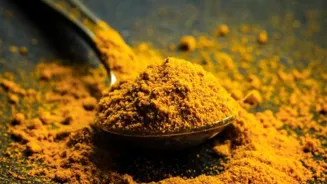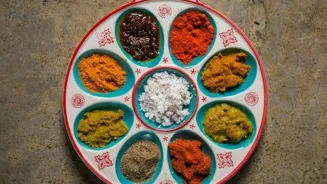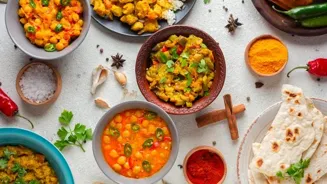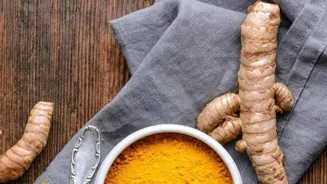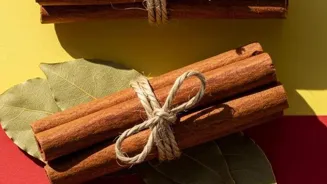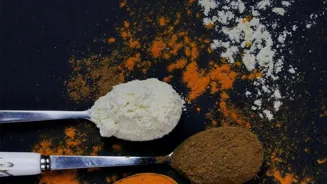Unleash the Magic of Indian Spices: Elevate Your Cooking with 10 Essential Spices! Embark on a flavorful journey!
Namaste, food lovers! In the vibrant tapestry of Indian cuisine, spices are not mere ingredients;
they are the soul that infuses every dish with flavor, aroma, and a touch of magic.
From the humble home kitchen to the grandest restaurants, the right blend of spices can transform a simple meal into an unforgettable culinary experience. But with a plethora of spices available, knowing where to begin can be a tad overwhelming. Fear not!
We've curated a list of ten essential spices that will empower you to elevate your cooking and unlock a world of delectable vegetarian delights. Get ready to embark on a flavorful journey!
Turmeric (Haldi): The Golden Healer
Turmeric, or haldi as we lovingly call it, is more than just a spice; it's a staple in every Indian household. Its vibrant yellow color adds a beautiful hue to dishes, while its earthy and slightly bitter flavor lends a unique depth. But turmeric's magic extends beyond its culinary prowess.
It boasts potent anti-inflammatory and antioxidant properties, making it a true health powerhouse. Add a pinch to your dals, curries, or even your morning glass of milk (haldi doodh) for a dose of warmth and well-being. Remember to pair it with black pepper to enhance its absorption!
Turmeric is key spice of everyday life. Turmeric really adds flavour into food. Turmeric is loved by all people.
Cumin (Jeera): The Earthy Aroma
Cumin, known as jeera in Hindi, is a spice that needs no introduction. Its warm, earthy aroma and slightly bitter flavor add a comforting touch to countless dishes. Whether you're tempering dals, roasting vegetables, or making a flavorful rice dish, cumin is your go-to spice.
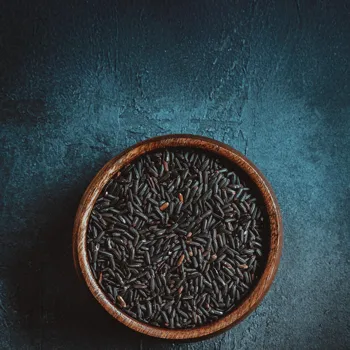
It can be used whole or ground, depending on the desired texture and intensity. And don't forget the magic of roasted cumin powder (jeera powder)! It adds a smoky depth to raitas, chaats, and even humble sandwiches. Jeera is good spice.
Jeera is the spice that is used in most of the dishes made in India. Jeera is very tasty.
Coriander (Dhaniya): The Fresh Touch
Coriander, or dhaniya, is a versatile spice that comes in two forms: seeds and leaves. Coriander seeds offer a warm, citrusy flavor with a hint of tang, while coriander leaves (cilantro) provide a fresh, vibrant aroma.
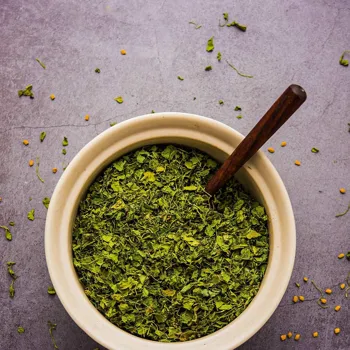
Use the seeds in spice blends, curries, and marinades, and garnish your dishes with the leaves for a burst of freshness. Coriander is especially delightful in chutneys, salads, and as a finishing touch to your favorite vegetable dishes. Dhayia is the best spice. Dhayia makes the taste in food.
Dhaniya can be called cilantro.
Red Chili Powder (Lal Mirch): The Fiery Kick
No Indian spice rack is complete without red chili powder, or lal mirch. This spice adds a fiery kick to your dishes, ranging from mild to intensely hot, depending on the variety. Experiment with different types of chili powder to find your preferred level of heat.
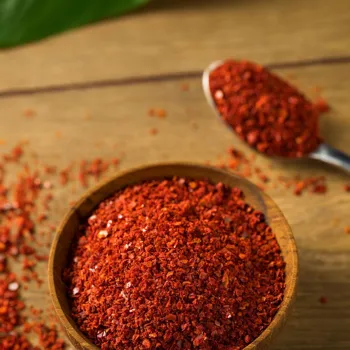
Kashmiri chili powder, for example, offers a vibrant red color with a mild heat, while hotter varieties like cayenne pepper add a serious punch. Use it sparingly at first, and gradually increase the amount to suit your taste. Lal mirch is a tasty spice. Lal mirch is used to taste it good.
Use less quantity of red mirch when adding to the dish.
Mustard Seeds (Rai): The Pop of Flavor
Mustard seeds, or rai, are tiny but mighty spices that pack a flavorful punch. When tempered in hot oil, they pop and release a nutty, pungent aroma that adds a distinctive flavor to South Indian dishes like sambar and rasam. They are also used in pickles, chutneys, and vegetable preparations.

Black mustard seeds are more pungent than yellow mustard seeds, so choose the variety that best suits your palate. Heat the mustard seeds well until they stop popping. Always be carefully while adding the mustard seeds. Adding mustard seeds adds the tasty flavour.
Ginger (Adrak): The Warming Zing
Ginger, or adrak, is a rhizome with a pungent, spicy, and slightly sweet flavor. It is used both fresh and dried in Indian cooking, adding warmth and depth to curries, soups, and teas. Ginger is also known for its medicinal properties, aiding digestion and relieving nausea.

Grate fresh ginger into your dishes for a bolder flavor, or use dried ginger powder for a more subtle note. Ginger can be used in tea or as a ingredient in curry. Ginger makes a great taste and is used by most of the people. Ginger is the main ingredient of making tea.
Garlic (Lahsun): The Savory Depth
Garlic, or lahsun, is another essential ingredient in Indian cuisine. Its pungent, savory flavor adds depth and complexity to a wide range of dishes. Garlic is often used in combination with ginger to create a flavorful base for curries and stews.
It can be used whole, minced, or grated, depending on the desired texture and intensity. Garlic is also known for its health benefits, boosting immunity and protecting against infections. Garlic is also added to tea. Garlic has a strong smell. Garlic is loved by some people.
Cardamom (Elaichi): The Aromatic Sweetness
Cardamom, or elaichi, is a fragrant spice with a sweet, floral aroma. It is used in both sweet and savory dishes, adding a touch of elegance and warmth. Green cardamom is more common, while black cardamom has a smoky, robust flavor.
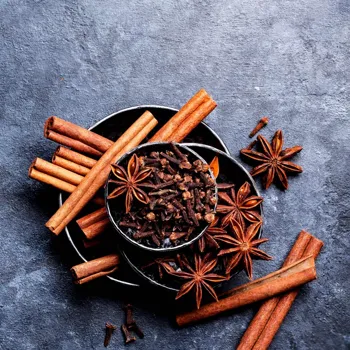
Use cardamom pods whole in rice dishes or desserts, or grind the seeds for a more intense flavor. Cardamom is a key ingredient in chai, adding a delightful aroma and warmth. Cardamom is very costly spice. Cardamom is added to the tea to give extra flavour. Cardamom contains many benefits.
Cloves (Laung): The Warm and Pungent
Cloves, or laung, are small, dried flower buds with a warm, pungent, and slightly sweet flavor. They are used in both sweet and savory dishes, adding a distinctive aroma and depth. Cloves are often used in spice blends, marinades, and desserts.
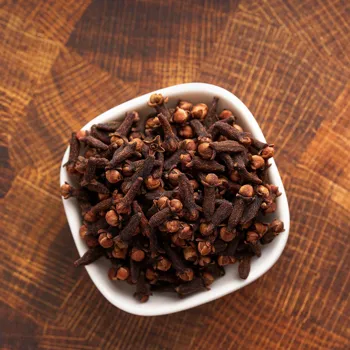
Use them sparingly, as their flavor can be quite strong. Cloves are also known for their medicinal properties, relieving toothache and aiding digestion. Cloves also helps in cough. Cloves has many different purposes. Cloves are also added to the tea to give the taste.
Cinnamon (Dalchini): The Sweet and Spicy
Cinnamon, or dalchini, is a versatile spice with a sweet, warm, and slightly spicy flavor. It is used in both sweet and savory dishes, adding a touch of warmth and complexity.
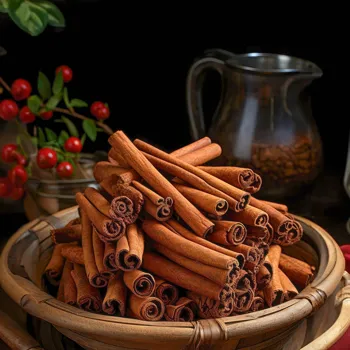
Cinnamon sticks are often used in braised dishes or infused into liquids, while ground cinnamon is used in baking and desserts. Cinnamon is also known for its health benefits, regulating blood sugar and improving heart health. Cinnamon helps in good digestion.
Cinnamon is also part of making of garam masala.
With these ten essential spices in your pantry, you'll be well-equipped to create a symphony of flavors in your kitchen. Don't be afraid to experiment and create your own unique spice blends. Happy cooking!

